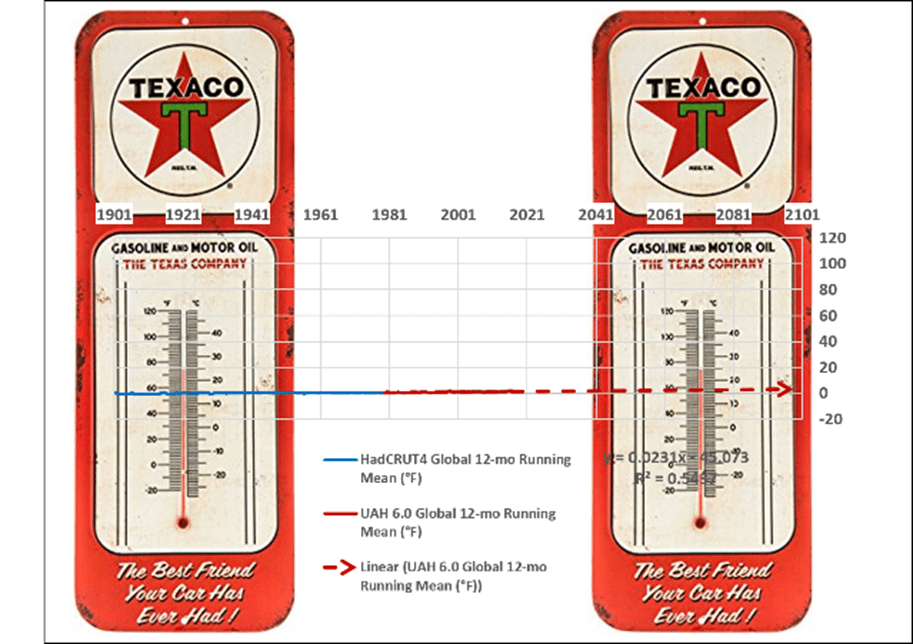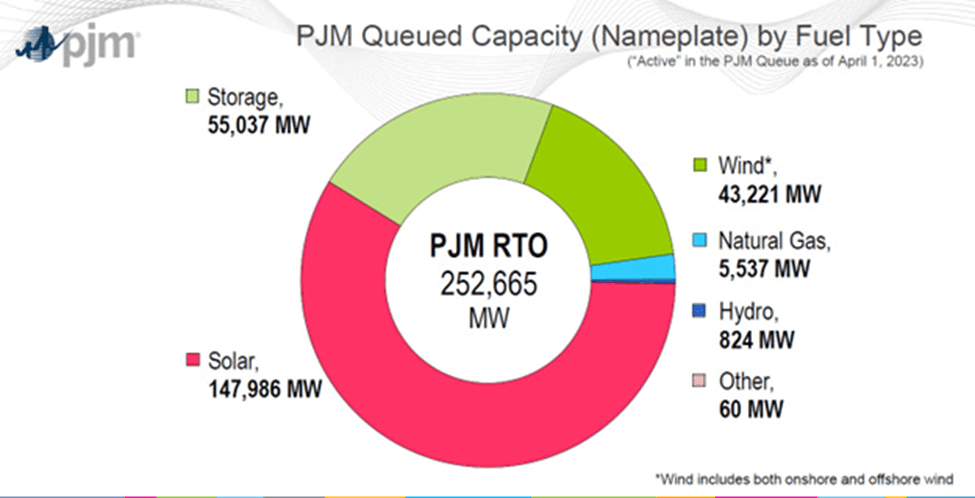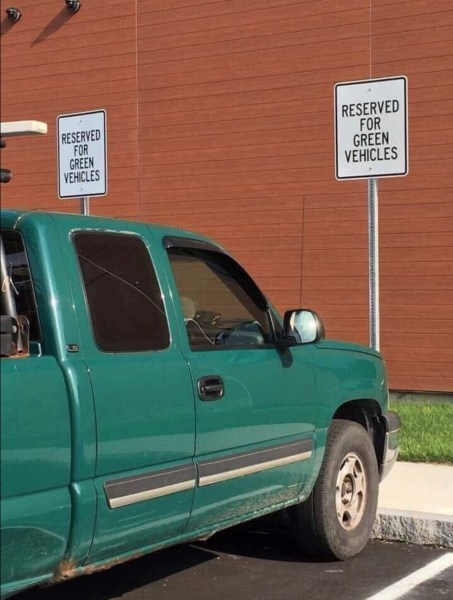Backgound
Many believe that Germany is the leading, major nation regarding transitioning energy sources from thermal and nuclear to renewable. Germany’s major renewables are wind turbines, solar cells, hydro and biomass. The thermal resources are lignite, hard coal and natural gas. At the beginning of 2023, nuclear energy was a sources but it was abandoned on15 April after generating 7TWhs . The electricity demand for the year 2023, was 457 TWh. In 2023 the wind turbines produced 140 TWh and Solar produced 60 TWh of that supply. The remaining 247 TWh were produced by natural gas, coal, lignite, hydro, and biomass energy sources. The wind turbines rated capacity is 613TWh and solar rated capacity is 707 TWh. That adds up to 1320TWh rated capacity versus demand of 457 TWh. Why weren’t wind and solar producing all the electricity? Together their rated capacity is 3-fold more than the demand. It is alleged that electricity from these renewable is dirt cheap, so, they should be making the electricity. But that is not the case. The German wind turbines had a rated capacity of 60 GWs that should provide 525 TWh per year, yet they only made 140 TWh. That makes the capacity factor only 22.8%. The thermal fuel electricity production was greater than the wind turbine production , with lignite, hard coal and natural gas producing 176TWh opposite the 140TWh that the turbines produced. That level of thermal production capacity allowed the weather dependence of the non-dispatchable wind turbines.
The Source
The data for this posting are mostly from this excellent German document : “Fraunhofer Public Net Electricity Generation 2023 in Germany: Renewables Cover the Majority of the Electricity Consumption for the First Time” https://www.ise.fraunhofer.de/en.html
I chose the year 2023 because a full year’s data is tabulated
Can wind turbines supply a grid without out back up?
The question is could renewables without thermal sources make a reliable 24/7 grid? Looking at it from that perspective of capacity factor of 22.8% , one answer to that question would be at least 4 times the current numbers of wind turbines would be needed to meet the 457 TWh with some extra to cover peak demands. Yet using average year data may not tell the score. Lets look at monthly performance. This is needed as weather has seasons. Wind is the main propellant for these turbines and it is changeable.
Deeper dive into the question.
In 2023 the record maximum output from these 60GW wind turbines was 53 GW for a short time. Simply stated is that these beasts only respond to weather. Wind speed can be so fast that the turbines must be shutdown to protect them from serious damage. The wind speed can also be slow, all the way to calm. .
Examining how German wind turbines function, gives us some insight why it is doubtful that renewables alone could supply a gird without thermal sources backup. The Germans collect the energy being produced by the turbines and all the other resources every 15 minutes. This data collection allows an excellent opportunity to examine how things are operating, far surpassing yearly averages. For instance, the wind turbine production is not running steady at the capacity factor of 22.3%, as you would inherently know. But it allows us a deeper understanding of the make-up of the 22.3% capacity factor. The Germans employ both onshore and offshore wind turbines. Combining the two for each month will provide a monthly capacity factor versus the 2023 demand.
Using an average GWh 457TWh/12 months=38.1TWh per month.
MONTH TURBINES PRODUCTION CAPACITY FACTOR(versus demand)
TWh %
Jan 17,039 44.6
Feb 11,832 31.0
Mar 13,901 36.5
Apr 9,967 26.2
May 8,147 21.4
Jun 5,895 15.5
Jul 9,537 25.0
Aug 6,877 18.0
Sep 6,627 17.4
Oct 14,240 37.4
Nov 17,240 45.2
Dec 19,080 50.1
In this we see that weather conditions are not always favorable for maximizing production with wind turbines. December suggests that increasing the number of turbines would only require a little more that 2 times plus a little more for peak demands. But going solo (nothing but wind turbines), June would require 7 times the number of wind turbines would be needed to meet average demand. If the wind turbines were the only source of electricity , June sets the target for the number of wind turbines required. The summer month’s weather was not favorable to maximizing wind turbine electricity production
The turbines need to be able to match demand and that means June.
Taking an even deeper dive.
Looking deeper, the data proves that wind turbines alone are not feasible. The data shows the turbines can fail to even produce 1GW at times. Just a sample is tabled as follows:
Date ONSHORE GW OFF SHORE GW TOTAL GW
04/05 0.334 0.021 0.355
04/05 0.727 0.238 0.955
05/28 0.675 0.119 0.794
06/05 0.893 0.001 0.894
06/15 0.765 0.049 0.814
06/17 0.647 0.079 0.726
06/17 0.947 0.040 0.987
06/18 0.371 0.150 0.521
06/18 0.216 0.074 0.290
06/25 0.444 0.173 0.617
07/19 0.664 0.167 0.831
09/02 0.364 0.199 0.563
09/09 0.469 0.261 0.730
09/10 0.166 0.010 0.176
09/14 0.469 0.523 0.992
09/27 0.667 0.205 0.875
These less than 1.GW performances have to be considered a “complete collapse of power”.
Why does it have a “complete collapse?”
When the speed of the wind dies it can cause a very sharp loss of production of electricity .
Penn State description of wind speed vs power follows: (revised to shorten the narrative.)
The power in the wind is given by the following equation:
Power = 1/2 x ρ x A x v3
Thus, the power available to a wind turbine is based on the density of the air (usually about 1.2 kg/m3), the swept area of the turbine blades (picture a big circle being made by the spinning blades), and the velocity of the wind. Of these, clearly, the most variable input is wind speed. However, wind speed is also the most impactful variable because it is cubed, whereas the other inputs are not.
The following are calculations for power available in the wind at different velocities for a Northwind 100C turbine. The calculations will show what happens when you double the wind speed. Take a moment to think about how much available power will increase if you double the velocity:
- The standard(link is external) density of air is 1.225 kg/m3
- The turbine has a 24 m diameter, which means the radius is 12 m. Thus, the swept area of the turbine is: (pi)r2 = 3.14159(122) = 452.4 m2
- We’ll start with a 6 m/s wind.
- The power in the wind at 6 m/s is: 1/2 x ρ x A x v3 = 0.5 x 1.225 kg/m3 x 452.4 m2 x (6 m/s)3 = 59,851 W = 59.85 kW
- At 12 m/s: 1/2 x ρ x A x v3 = 0.5 x 1.225 kg/m3 x 452.4 m2 x (12 m/s)3 = 478,808 W = 478.8 kW (8 times as large)
- Returning to 6m/s, the power generated falls to 59.85kW.
Wind is always changing. It’s irregularity is demonstrated in the German data. Sometimes the change is large and the turbine production of electricity goes low. The data shows that the thermal sources have to act to manage the output to the gird. Remember, thermal sources produced more electricity than the wind turbines in 2023.
German solar data
The solar capacity factor is 8.5%. Solar should not be brought into a discussion about keeping a grid operating. The solar cells do not run at night. So they can’t back up the wind turbines. Maybe, there will be a miracle battery that could be charged by solar cells. If a capable and affordable battery is ever available it might be used as backup. Only then solar can be brought into the discussion
If the only statement of operability of wind turbines is the annual data point, power factor, it can be misleading. Thanks to the German 15 minute data, the weakness of the wind turbine operability is exposed.
In my next blog, two cases of complete loss of power in 2024, one it Canada and one in Australia due to weather conditions. And it will review the high cost of renewable energy.
cbdakota

















